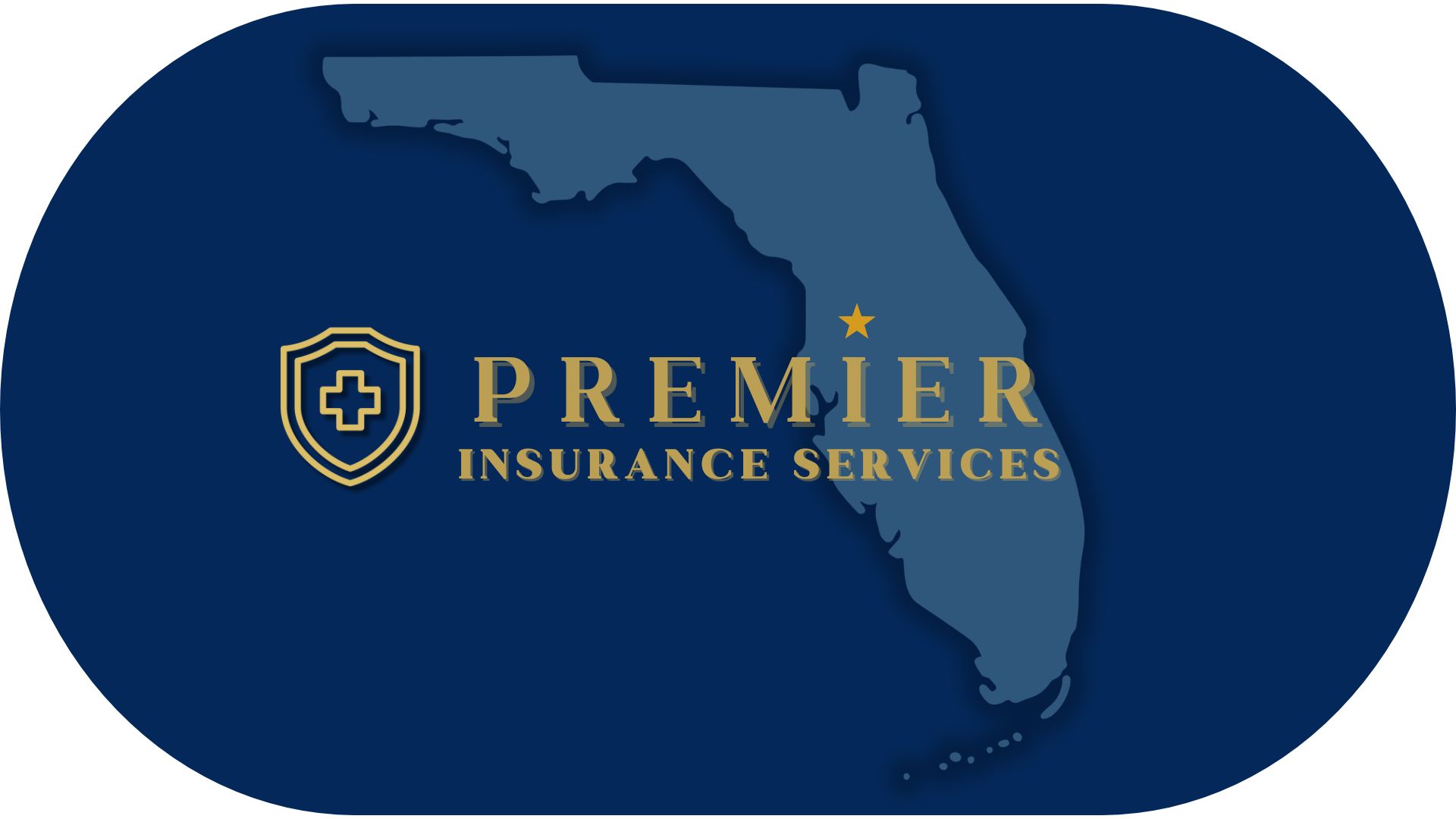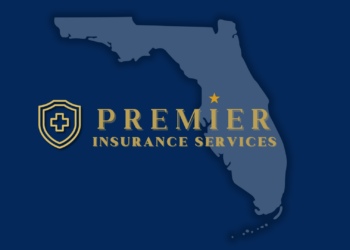Understanding Medicare
Understanding the 4 parts that go into Medicare, Enrollment Periods and more
Understanding Medicare
Medicare is a federal health insurance program primarily for individuals aged 65 and older, but it also covers certain younger people with disabilities and those with End-Stage Renal Disease (ESRD) or Amyotrophic Lateral Sclerosis (ALS). Understanding Medicare can be complex, but breaking it down into its parts and key components can help.
The Four Parts of Medicare
- Medicare Part A (Hospital Insurance):
- Coverage: Part A covers inpatient hospital stays, care in a skilled nursing facility, hospice care, and some home health care.
- Costs: Most people don’t pay a premium for Part A if they or their spouse paid Medicare taxes while working. However, there are deductibles and coinsurance costs.
- Medicare Part B (Medical Insurance):
- Coverage: Part B covers certain doctors’ services, outpatient care, medical supplies, and preventive services.
- Costs: Part B requires a monthly premium, which varies based on income. There are also deductibles and coinsurance costs.
- Medicare Part C (Medicare Advantage):
- Coverage: Part C is an alternative to Original Medicare (Parts A and B) offered by private insurance companies approved by Medicare. These plans often include additional benefits like vision, dental, and hearing, and may include prescription drug coverage.
- Costs: Costs vary by plan and can include premiums, deductibles, and copayments.
- Medicare Part D (Prescription Drug Coverage):
- Coverage: Part D helps cover the cost of prescription drugs. These plans are offered by private insurance companies approved by Medicare.
- Costs: Part D plans have monthly premiums, annual deductibles, and copayments or coinsurance.
Enrollment Periods
Understanding when to enroll in Medicare is crucial to avoid late enrollment penalties and ensure continuous coverage.
- Initial Enrollment Period (IEP): This is a seven-month period that begins three months before you turn 65, includes your birth month, and ends three months after you turn 65.
- General Enrollment Period (GEP): If you miss your IEP, you can enroll during the GEP from January 1 to March 31 each year, with coverage starting July 1. Late enrollment penalties may apply.
- Special Enrollment Period (SEP): You may qualify for an SEP if you have a qualifying life event, such as losing employer coverage.
Costs and Coverage
Medicare costs can include premiums, deductibles, copayments, and coinsurance. The amount you pay depends on the coverage you choose and your income. It’s important to review your options annually during the Open Enrollment Period (October 15 to December 7) to ensure your plan meets your needs.
Additional Coverage Options
- Medigap (Medicare Supplement Insurance): These policies, sold by private companies, can help pay some of the healthcare costs that Original Medicare doesn’t cover, like copayments, coinsurance, and deductibles.
- Medicare Savings Programs: These programs can help pay Medicare premiums and other costs for those with limited income and resources.
Key Considerations
- Coverage Needs: Assess your healthcare needs and compare different plans to find the best fit. Consider factors like prescription drug coverage, provider networks, and additional benefits.
- Costs: Understand the costs associated with each part of Medicare and any additional coverage you may need.
- Enrollment Deadlines: Be aware of enrollment periods to avoid penalties and ensure continuous coverage.
Resources
For more detailed information, you can visit the official Medicare website or consult with a Medicare counselor. Understanding Medicare can seem daunting, but with the right resources and guidance, you can make informed decisions about your healthcare coverage.


